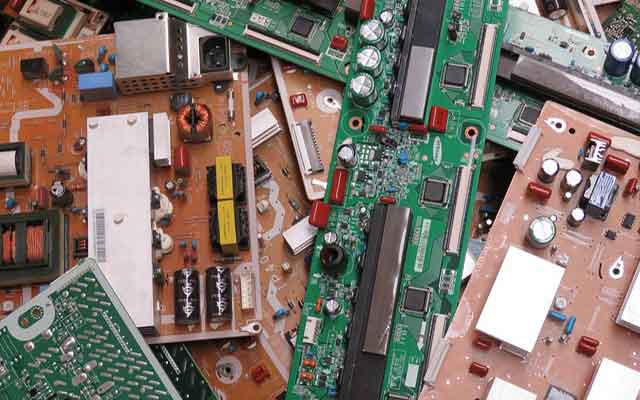.
E-Waste Crisis: A Growing Threat to Our Planet
Combating the E-Waste Problem: What You Can Do to Help
Reading time: 1 minute, Discovery Chepe Id-332-VID
Published on 10-19-2023

E-waste contains heavy metals and other contaminants that can harm soil, water and air. It is important to recycle electronic waste responsibly to avoid its negative impact on the environment.
The situation regarding the management of electronic waste is worrying. According to the 2022 report of the United Nations Environment Program (UNEP), , 54.4 million tons of electronic waste were generated worldwide in 2021, an increase of 3.9% compared to 2020. This is equivalent to an increase of 50% in the last ten years.
E-waste is a growing problem for several reasons. First, technology is becoming increasingly disposable. Electronic devices have a shorter lifespan and are replaced more frequently. Second, the world's population is growing, which means more people are consuming technology. Third, the global economy is growing, which means more people can buy technology.
Electronic waste, another challenge for culture and education

Electronic waste is an environmental and public health problem. E-waste contains heavy metals and other contaminants that harm soil, water and air. They can also be harmful to human health, causing cancer, developmental problems, and other health problems. Proper management of electronic waste is essential to protect the environment and human health. Governments, businesses and consumers must work together to reduce the generation of e-waste and increase the recycling rate.
Some steps that can be taken to address the problem of e-waste include:
1- Extend the life of electronic devices. This can be done by repairing and reusing electronic devices.
2-Develop more sustainable technologies. Companies must develop electronic devices that are more durable and easy to recycle.
3-Improve recycling systems. Governments must establish effective e-waste recycling systems.
4- Consumers can also help reduce electronic waste. By purchasing electronic devices that are durable and easy to repair. They can also recycle their electronic devices when they are no longer needed.
Below are some specific data about the current situation of e-waste in the world:
a) The global e-waste recycling rate is only 17.4%. This means that most e-waste is incinerated, buried or exported to developing countries, where it is processed improperly, which can cause pollution and health problems.
b) China is the country that generates the most electronic waste, followed by the United States, the European Union and Japan.
c) The most common electronic devices that become electronic waste are mobile phones, computers and televisions.
The problem of electronic waste is a complex challenge, but we must address it to protect the environment and human health. It is very important that in our specific case as citizens, the ecology department of the town where you live is investigated to detect the collection sites of this type of garbage. It is crucial that we learn about the management of this type of materials, since their use increases exponentially.
Most read...
See Also
Discovery Chepe














